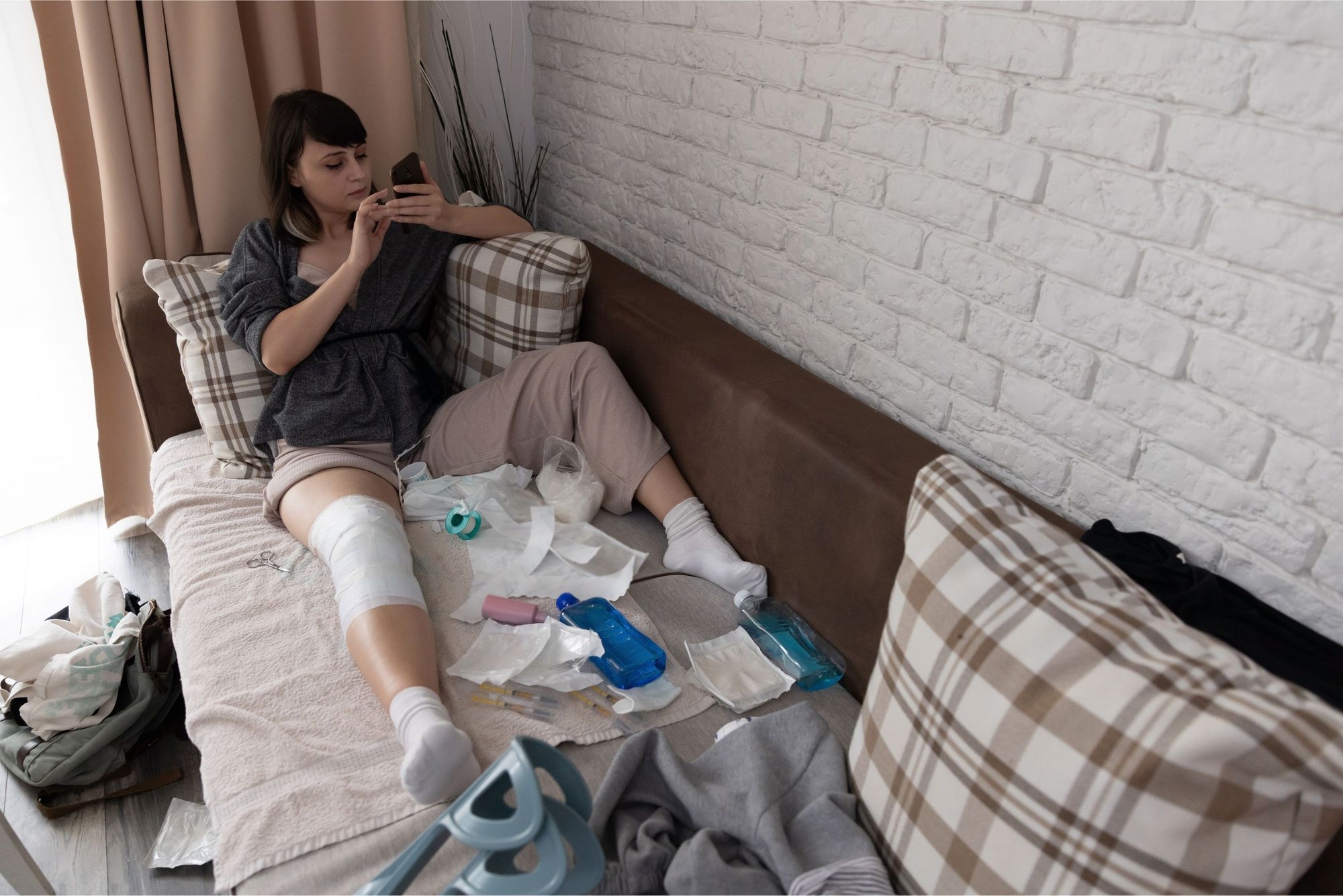

The two most common areas where a surgeon can take a graft to replace your ACL are the patellar tendon and the hamstring tendon. If this is new information to you, please refer to our previous blog on where the most common areas for an ACL graft are. Also keep in mind that the patellar tendon and hamstring tendon are the most common but not the only sources for an ACL graft.
As you read the differences below, it is important to remember that your surgeon will choose the graft site for your ACL surgery. In some cases, due to a previous injury or surgery, one or more of the graft sites may not be feasible. The good news is that our ACL rehabilitation app, Curovate, has a protocol for hamstring tendon, patellar tendon, quadriceps tendon, allograft, and non-surgical ACL rehabilitation.
Overall, the patellar tendon is the more stable ACL graft and has a lower re-injury rate compared to the hamstring tendon graft. Read the advantages and disadvantages of each graft site in the table below.
| Hamstring Graft Surgery (HT) | Patellar tendon surgery, also called bone-patellar-bone surgery (BTB). |
|---|---|
| 1. The surgery takes longer and the tourniquette, a device used during surgery to restrict blood flow in the leg, stays on longer2 | 1. The knee is stiffer after surgery2 |
| 2. The knee moves more freely forward and backward when tested with a KT-1000 Arthrometer machine2a device that measures the forward and backward movement of your lower leg compared to your thigh. | 2. Increased knee pain when kneeling on the ground3 |
| 3. During a period of 15 years after surgery, more reinjury was reported.3 | 3. Over a period of 15 years after surgery, increased stiffness and difficulty straightening the knee were reported3. |
| 4. The need to perform another surgery to address problems with the first surgery is called revision surgery. The revision rate for hamstring operations increases by 0.65% within 1 year and by 4.45% within 5 years4. | 4. The 1-year revision rate is 0.16% and the 5-year revision rate is 3.03% for patellar tendon graft surgery4. |
| 5. Hamstring muscle strength reduced by 15%1. Muscle strength is the maximum force you can exert in the shortest possible time. | |
| 6. Muscle strength decreases by 11% when stretching the knee2. Muscle strength is the amount of force a muscle can produce during maximum effort. | |
| 7. There is increased instability in the knee when force is applied to it2. Instability is unwanted movement in a joint. |
Based on the research reviewed in this blog, the patellar tendon has a lower re-injury rate and is more stable at 1 and 5 years after ACL surgery. However, the location of the graft should be discussed with your surgeon and ultimately the surgeon will decide the most suitable area for the ACL graft.
If you have had ACL surgery and want clear daily, weekly and monthly guidance for your knee extension and daily exercises for your recovery, try our Cuorvate app. Curovate offers video-guided daily exercises, weekly range of motion goals and exercises, progress tracking, the ability to measure your knee and hip range of motion, and in-app chat with a physical therapist.
If you need more tailored help during your ACL recovery, check out our Virtual Physiotherapy page to book your 1-on-1 video session with a physiotherapist.
Discover how to alleviate knee pain after sleeping on side with our expert guide. Learn…
Discover the causes and treatments for knee pain when bending but not swelling. We explore…
Knee pain relief for nurses is achievable. We share our expertise on managing knee pain,…
We provide a comprehensive guide on knee-friendly elliptical workouts, helping you achieve your fitness goals…
We outline the 15 acupuncture points for knee bursitis that are most effective. Find out…
Discover why we experience knee pain during ovulation and explore the underlying causes and potential…
View Comments